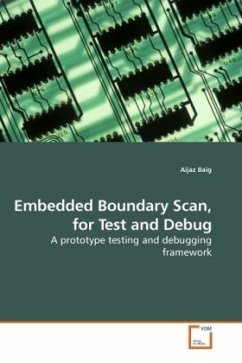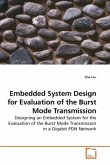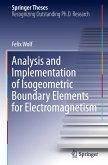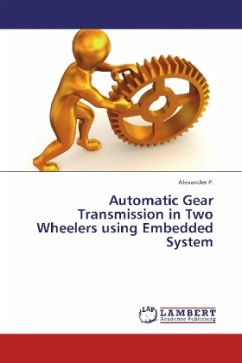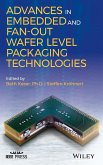The boundary scan standard is widely used for testing during the development and production phases. But there is a lack of a standardized mechanism to allow IEEE 1149.1 to be used in a system post installation leading to unaddressed problems like the No-Fault-Found (NFF)issue. One solution is to embed the programmable features of the boundary scan test mechanism into the Unit under test (UUT) thereby enabling the UUT to conduct boundary scan based self tests. In this work, a test and debug framework, which aims to use boundary-scan post system-installation, is the subject of a study and subsequent enhancement. The framework allows embedding much of the test vector deployment and debug mechanism onto the UUT to enable remote testing and debug. This monograph is a description of the phased development of above said framework and its intended usage in the field. Anyone with a basic understanding of Boundary scan and basic programming would be able to understand how boundary scan wasembedded and automated in this case and can serve as an example with regards to automating boundary scan based embedded testing.
Bitte wählen Sie Ihr Anliegen aus.
Rechnungen
Retourenschein anfordern
Bestellstatus
Storno

